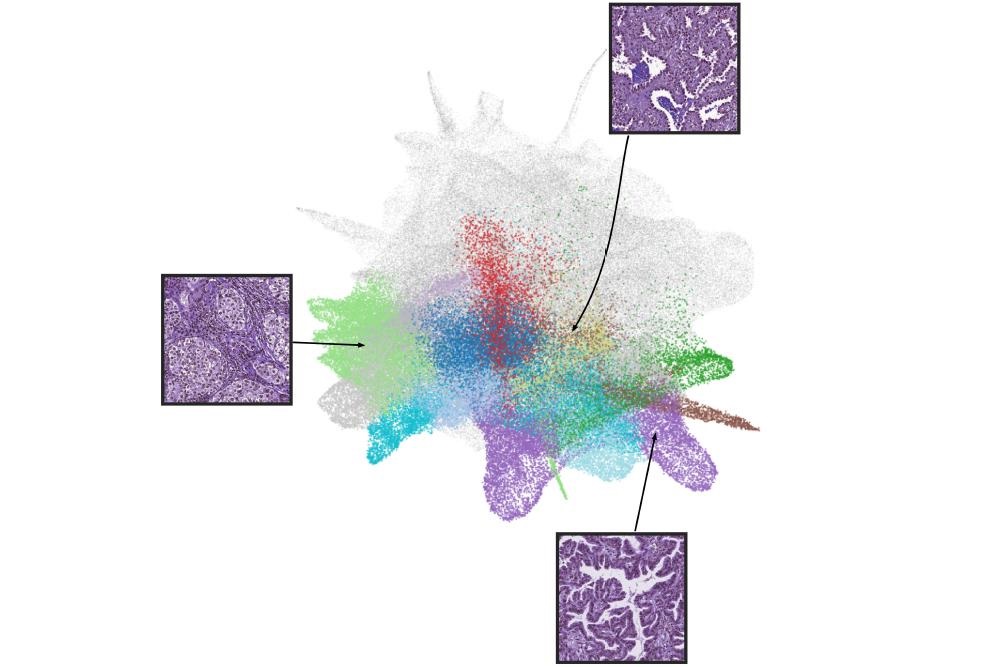Self-Taught AI Tool Diagnoses and Predicts Severity of Common Lung Cancer
Posted on 12 Jun 2024
A computer program powered by artificial intelligence (AI) and trained on nearly half a million tissue images can effectively diagnose cases of adenocarcinoma, the most prevalent type of lung cancer.
The computer program developed and tested by researchers at NYU Langone Health (New York, NY, USA) and the University of Glasgow (Glasgow, UK) provides an unbiased, detailed, and reliable second opinion for patients and oncologists regarding the presence of the cancer and the possibility and timing of its return, also known as its prognosis. This is because the program incorporates structural features of tumors from 452 adenocarcinoma patients, who are among the more than 11,000 patients in the U.S. National Cancer Institute’s Cancer Genome Atlas. Importantly, the program operates independently and is "self-taught," deciding by itself which structural features are most critical for assessing the severity of the disease and its impact on tumor recurrence.

In their research, the algorithm, known as histomorphological phenotype learning (HPL), successfully differentiated between adenocarcinoma and similar types of lung cancer, such as squamous cell cancers, with 99% accuracy. The HPL program also demonstrated a 72% accuracy rate in predicting the likelihood and timing of cancer recurrence after treatment, surpassing the 64% accuracy achieved by pathologists who analyzed the same tumor images manually. The research team envisions that, with continued advances in understanding lung cancer biology, pathologists will increasingly review tissue samples on their computer rather than through traditional microscopy and will employ their AI program to further analyze and visualize these scans.
The researchers aim to use the HPL algorithm to assign each patient a score from 0 to 1 that reflects their statistical probability of survival and tumor recurrence for up to five years. They emphasize that the self-learning nature of HPL means the program's accuracy will improve as it processes more data over time. The team is now looking to develop similar AI-based programs for other types of cancer, such as breast, ovarian, and colorectal cancers, which will also incorporate key morphological and molecular data. Plans are also underway to enhance the precision of the adenocarcinoma HPL program by integrating additional data from hospital electronic health records, including information on other illnesses, diseases, income levels, and residential zip codes.
“Our new histomorphological phenotype learning program has the potential to offer cancer specialists and their patients a quick and unbiased diagnostic tool for lung adenocarcinoma that, once further testing is complete, can also be used to help validate and even guide their treatment decisions,” said study lead investigator Nicolas Coudray, PhD, a bioinformatics programmer at NYU Grossman School of Medicine and Perlmutter Cancer Center. “Patients, physicians, and researchers know they can rely on this predictive modeling because it is self-taught, provides explainable decisions, and is based only on the knowledge drawn specifically from each patient’s tissue, including such features as its proportion of dying cells and tumor-fighting immune cells and how densely packed the tumor cells are.” The study was published in Nature Communications on June 11, 2024.
Related Links:
NYU Langone Health
University of Glasgow













